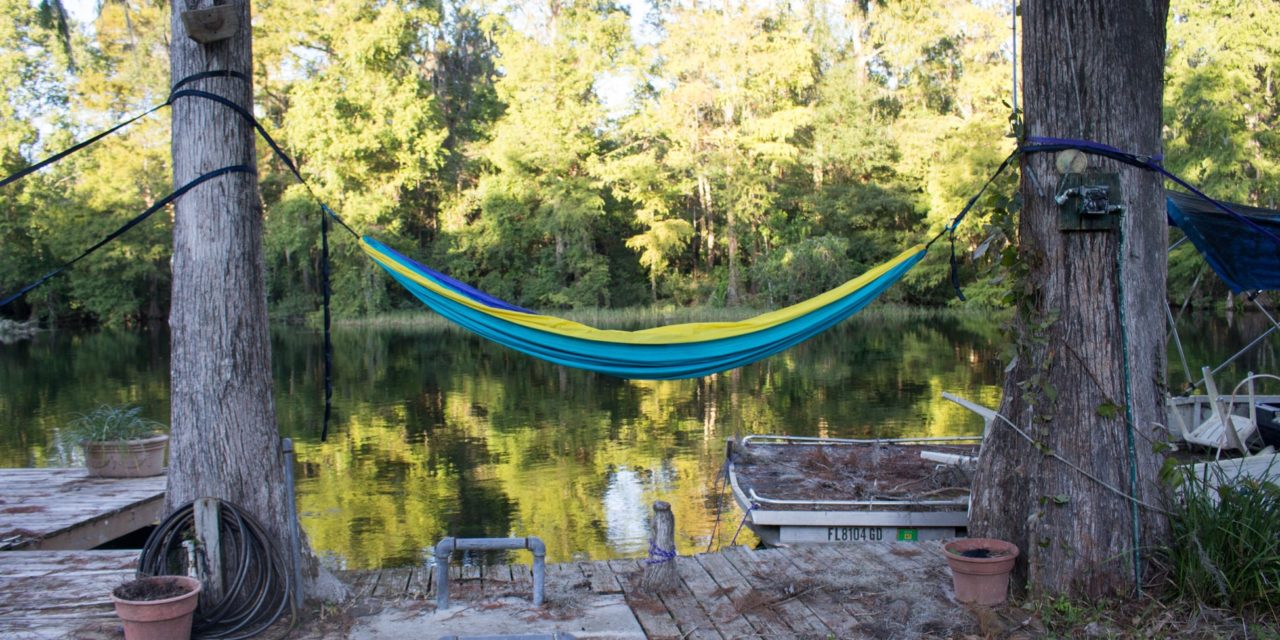[ad_1]
Should you choose a custom-built fire pit or buy a store-bought model? Neither approach need be costly, but which is the best way to expand the use of your backyard?
A fire pit, or its taller version, the fire table, adds a feature to your yard that can warm up a chilly night. As the year passes, the pit can be a gathering place for family and friends well into the fall and winter. In nice weather, it can be the epicenter of marshmallow and weenie roasts. By properly locating it in your yard, a fire pit offers a safe way to have a fire in your yard and can even help you get rid of the extra tree trimmings accumulating along the back of your property.
Fire Pit Basics to Consider
Both store-bought and custom-built pits rest on a fire-resistant surface such as gravel, concrete, brick, slate, or composite. Since embers can fly out, placing them on a wood deck is not advisable. Local fire codes vary, but the pits should be set at least 10 feet from the home or any flammable structure. Check with your city first – you may need a permit, while some communities allow no open burning at all.
Fire pits can be fueled by wood, gas, or gel fuels; some pits even have remote switches to produce an instant flame. Wood fire gives the most warmth, along with natural crackle and smoke.
Store-Bought or Custom-Built?
For a quick fire pit, you can order online or pick one up at your local big box store. For prices that start at less than $100, you can procure a very attractive unit in many styles that often include a screen to help keep flames in check. You can set the pit on a patch of gravel and produce instant ambience. If you like the look of store-bought pits, are too busy to prepare your ground for a built in unit, or are in need of one that is portable, your choice is clear.
A custom-built pit offers you everything one from the store offers, plus a whole lot more. For starters, building one for your home need not cost any more than what you would buy. After laying out the area where the pit will go, you dig a trench and fill it with gravel and cement as a base. You then lay bricks or manhole blocks on top of the base to form the sides. After covering the sides with a thin layer of surface-bonding cement, you add a layer of fireproof brick capstones on top for a finished look, along with a screen.
Hardscaping Design for your Yard
For many homeowners, a more extensive custom-built fire pit offers an opportunity to create a beautiful hardscape in the yard to complement the deck, gardens, retaining walls, and other features. You might build it out to surround the pit with a little round patio that might include built-in stone seating and use materials found elsewhere in the yard for an integrated look.
The more extensive your fire pit project becomes, the more likely it is that you will want to put it in the hands of a professional contractor. When you want to add a custom-built pit to your yard, entrust the design and construction to experienced hardscape designers.


